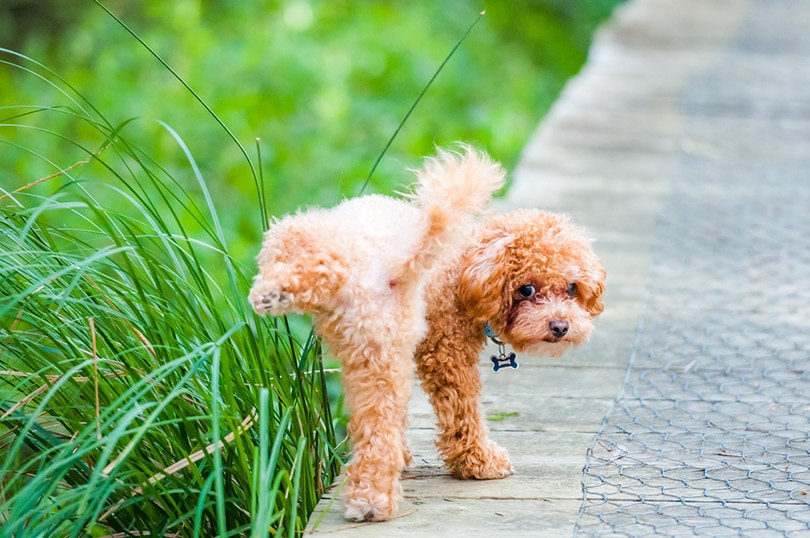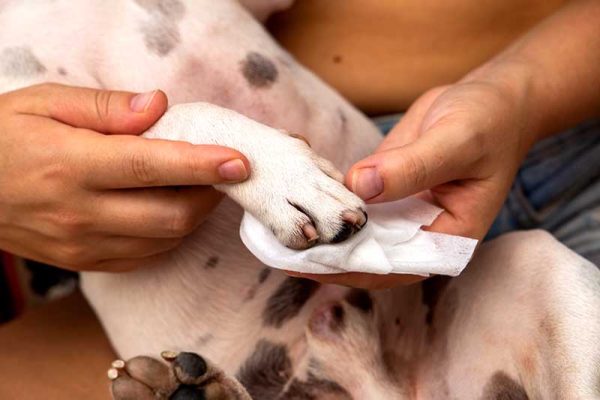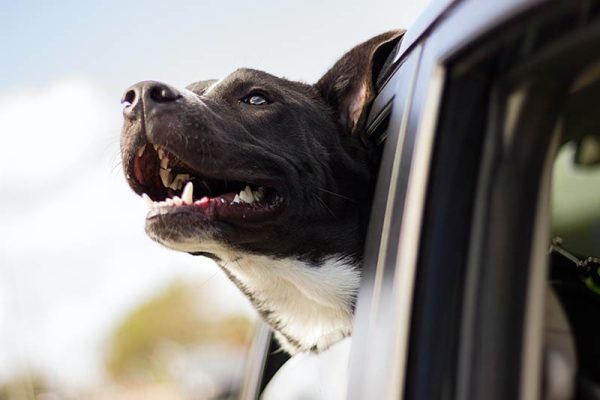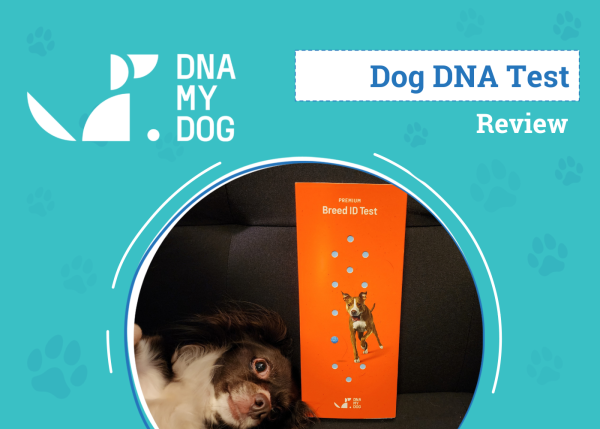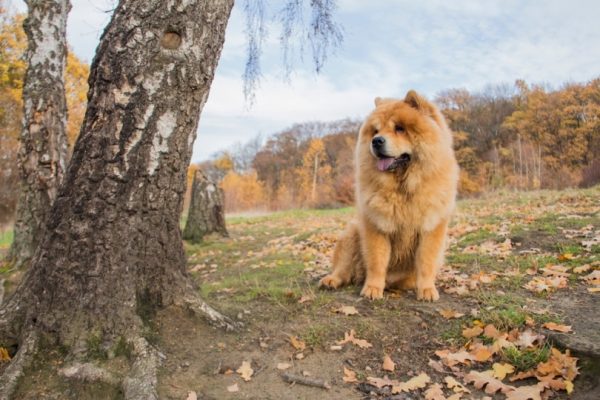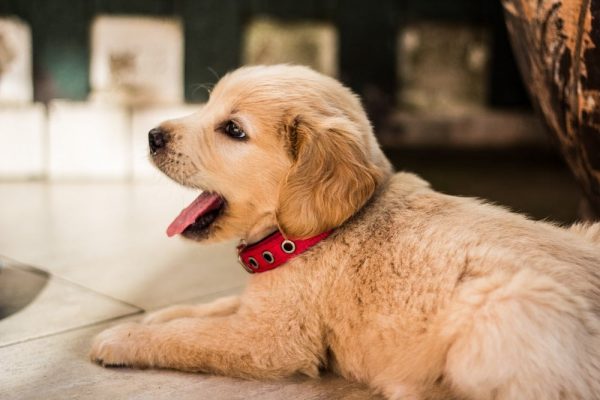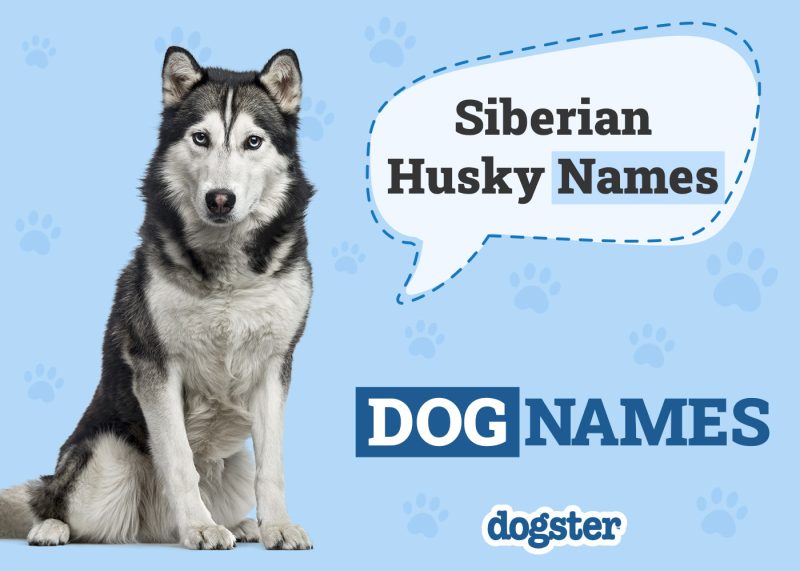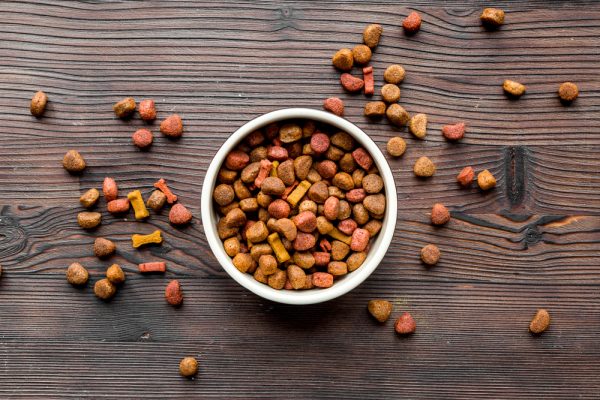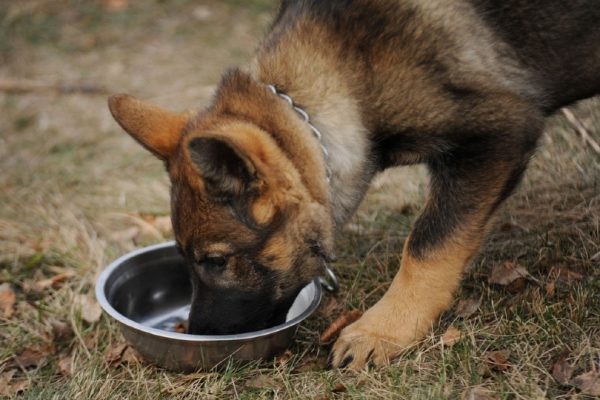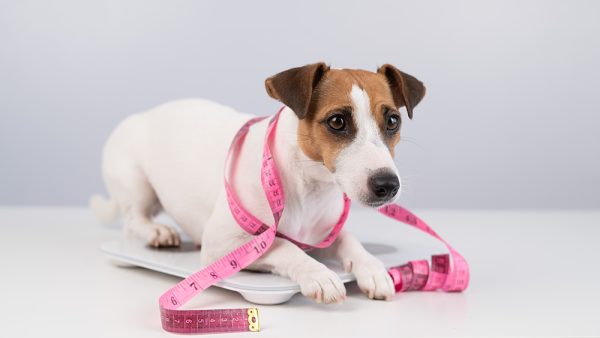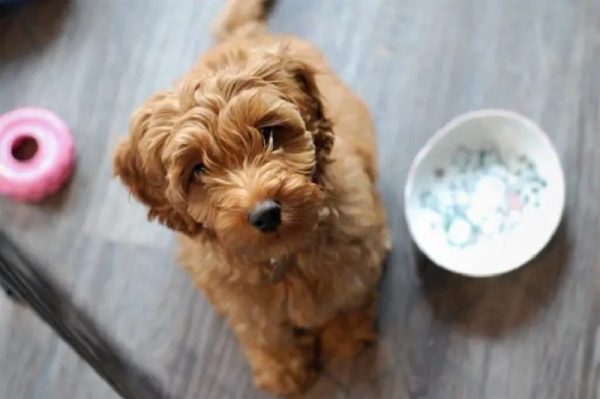In this article
Many homeowners view their lawns as their pride and joy, but your dog can quickly ruin your the hard work you have put into keeping your lawn lush and green. Your dog needs somewhere to go, after all, but urine-stained grass destroys the look of your beautiful lawn.
Fortunately, you have a few options to treat dog urine spots on grass and restore your lawn to its emerald glory. Check out these three possible ways to treat urine spots in this article.

The 3 Ways to Treat Dog Urine Spots on Grass
1. Treating the pH
| Application | Overly green spots, nitrogen-low soil, drought-prone climates |
| Use | Ongoing |
| Difficulty | Easy |
If your dog’s urine creates spots that are greener than the surrounding lawn, those spots stick out like a sore thumb. This indicates a problem with the nutrients in the soil for your entire lawn, not a result of the urine. Dog urine contains high concentrations of nitrogen, which nourishes a deprived lawn and gives it a rich, green color.
Because of this, the best treatment is to supply your lawn with the nutrients it needs. Take a soil sample and have it tested for nitrogen concentration. If it shows that your soil is nitrogen-low, you can correct it with nitrogen-rich fertilizer. It takes a few months, and you may need to treat it continuously, especially if you’re in a drought-prone climate.
- Addresses total lawn health
- Simple correction
- Restores the lawn’s beauty
- Requires ongoing treatment
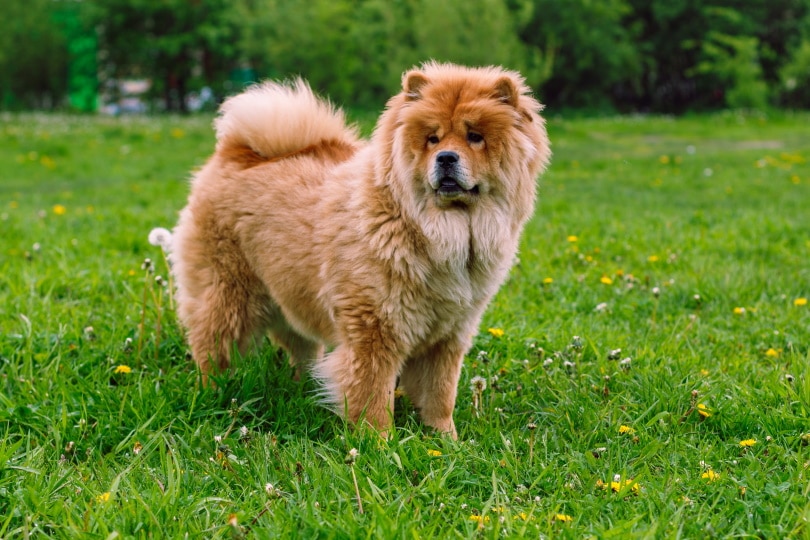
2. Treating Yellow or Brown Spots
| Application | Urine stains, dead grass |
| Use | Ongoing |
| Difficulty | Moderate |
If your dog’s urine spots lead to yellow or brown spots, that means your lawn is dead or dying in those areas. Lawns that are dry or weak may be more susceptible to urine, but it can occur in healthy lawns, too. The best option is to heavily water the areas to rinse the urine salts away and let the soil and lawn take care of itself. But that is only effective in spots where the lawn is dying.
If the grass is dead, you need to repair it. The dead grass must be removed, then new seeds or sod planted in its place. Ideally, use an all-in-one remedy with water-conserving, drought-resistant grass seed and a professional-grade fertilizer to promote healthy growth in the area. Once planted, try to keep your dog away from the new growth areas to let them flourish.
- Treats current urine damage
- Corrects dying or dead grass
- One-time treatment for dead grass
- Requires ongoing watering to correct dying grass
- Time-intensive to plant new grass
3. Prevent Urine Spots
| Application | Preventative |
| Use | Ongoing |
| Difficulty | Moderate |
Once urine spots are corrected, the easiest solution is to prevent them from happening in the future. You can fence off an area of your yard and train your dog to relieve itself in that area. If you don’t want dead grass in the corner of your yard, you can use gravel, sand, or turf in the dog’s area.
Whatever substrate you use, make sure it’s safe for pet use. Choose pet-specific turf or pet-safe sand and gravel. Never use cocoa bean hulls, which are a beautiful mulch but can be toxic to your pet.
- Prevents future stains
- Reinforces good behavior
- Easy to maintain
- Time-intensive
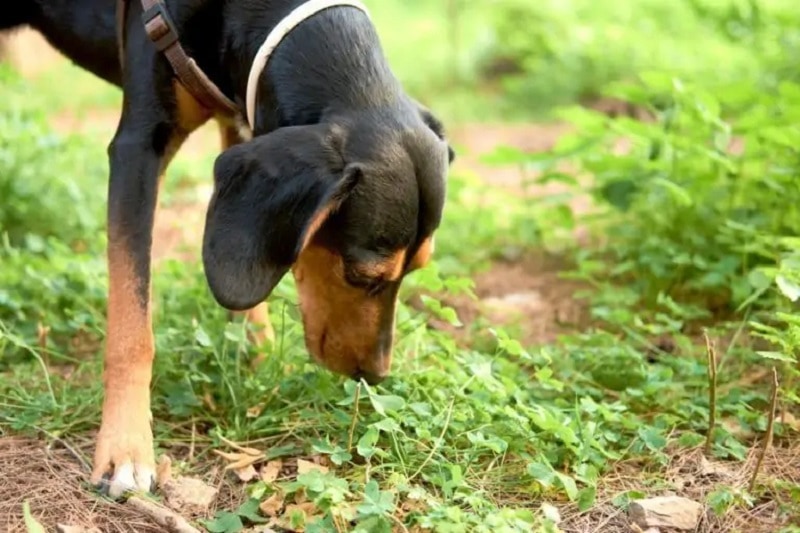

Can I Use Supplements to Prevent Urine Stains?
Though many commercial products claim to prevent urine stains when added to your dog’s food, there’s no evidence that they’re effective. These are purported to change the nitrogen content or pH of the dog’s urine. In addition to being ineffective, these supplements may contain ingredients that can be toxic to pets or contribute to significant health concerns like bladder crystals and stones.
If you want more information on supplements, your pet’s health, or frequent accidents, you should contact your vet.
If you need to speak with a vet but can't get to one, head over to PangoVet. It's our online service where you can talk to a vet online and get the advice you need for your pet — all at an affordable price!


Conclusion
Keeping a dog means providing a place for it to relieve itself, which helps your house but can impact your lawn. If you’re concerned about dead or dying grass with yellow and brown stains, unusually bright green areas, or other dog urine problems with your lawn, try some of these methods to treat and prevent your lawn from being ruined by your pup’s urine habits.
- Related Read: How to Stop Dog Pee From Killing Grass: 9 Simple Tips
Featured Image Credit: Ching Louis Liu, Shutterstock
